Moving homes, getting groomed, going to the vet, or traveling with your favorite pet does not have to start with a game of “cat and mouse,” where you struggle to calm your now feral feline. Keeping your cat calm when going into and being in their carrier is a matter of learning their ticks and adopting wording to reduce the anticipation, stress, and anxiety that come with the “unknown” of “why” they’re being placed in it.
We talked to multiple cat owners for tips on keeping their kitties calm and found a few that do not require you to add additional stress, like medicating your cat with pills, liquids, or chews. These will make your and your cat’s lives easier.
Make the Carrier a Part of “Play Time”
Just like kids, cats love to play. Part of their nature is hunting, chasing, pouncing, and napping once done. Turning your cat’s carrier into a part of their play cycle could make it easier to get them to jump in so you can close the gate and be on your way.
There are a couple of techniques you could try:
- Get a hunting toy like a feather and rope wand that you bounce in and out of the carrier. Then, run through the room or house and make the endpoint inside the carrier. Your cat may start to hunt and instinctively wait inside the carrier because they know this is where the hunting ends.
- Rotate a laser pointer into their play mix, but make it a carrier-exclusive toy. When the cat hears you’re getting the laser pointer ready, they’ll be prepared to chase and play. Make sure the laser play starts with them seated in the carrier (you could do an open top and work your way into a covered one), and end up pointing the laser into the lower corners while playing. The goal is to make seeing and entering the carrier not a scary experience.
Reduce Stigmas
There’s a stigma with carriers that the cat is going somewhere they hate. It could be the groomer who washes their fur and trims their nails or the vet who pokes, prods, and treats them for illness. If you can reduce the thoughts that something bad will happen each time the carrier comes out, you may be able to lower your cat’s stress levels.
A first option is to place treats inside once a day or every couple of days and keep the carrier out instead of storing it in a closet. If you only take the carrier out when the kitty needs to get groomed or go to the vet, they associate it with stress. By getting them comfy, allowing them to take naps, have a treat, and relax inside the carrier, you’re conditioning it to be multi-functional and not a signal of a bad time coming.
Another idea is to take them for treats and fun times like toy shopping or to the park if your cat loves to explore and be social. Starbucks has the infamous pup cups, and they make them for kitties, too.
If your cat is not lactose intolerant and your vet gives the go-ahead, going into the carrier becomes a “treat,” as your cat will be treated to some whipped creamy goodness before finding a new toy and exploring a new place with the scent of prey, like birds and rodents.
Scent it for Calming Effects or Stay Close
Scents can reduce anxiety and help keep your cat calm, whether you have to drop them off somewhere, they’ll be in a cage while they’re being attended to, or when you are near them. These include the owner’s scent or smells they love, like catnip. Unfortunately, they do not always include calming aromas like lavender. Lavender can be toxic to cats, so be cautious if your kitty loves the smell.
In fact, this study shows that the owner’s scent significantly improved a cat’s stress level, although this did not hold true with only a scented object. But there’s a catch: The study was conducted in an unfamiliar room with a stranger in the room, so that could have also triggered the stress effect.
Many cat owners will see their cats engaging with scented items when observing them on cat cams, so look at your cat’s behavior to determine if scented objects work for them. This study shows that specific glands like a cheek rub release a scent that can be comforting to your cat, so if you see them rubbing against a towel or their carrier, don’t wash it right before they have to go in.
So what can you do? When possible, keep the carrier near you so your cat can smell, see, and hear you. If you notice their eyes closing slowly and squinting, that could be a sign of comfort and trust. You can also keep items they rub their cheeks against, like a towel inside the carrier, and other scents that are calming. If you often notice your kitty sleeping calmly on your pillow or with your pajamas, try placing the pillowcase or pajamas in the carrier.
Turn Travel Time into “Fun Time”
The fear of the unknown is strong when it comes to cat carriers. How long will they be in this strange container, where are they going, and will it be somewhere safe? This is where you can help set expectations for them by making travel fun for them.
The first thing to try is taking them for treats. Some restaurants and coffee chains have made their whipped cream snack cups famous for pups, and if your cat is not lactose intolerant, this could be a fun stop for them.
Fun fact: It’s estimated that over 50% of cats are lactose intolerant, but according to this study, adult cats can have up to 6 grams of cow milk per day without having issues. But always talk to your vet before giving your cat new food or changing their diet.
And there are places you can go before and after a stressful place, including:
- Parks without many dogs if your cat is leash and harness trained. There, they can scent and explore. If prey animals like chipmunks and rodents are present, this could add additional excitement.
- Pet shops if the kitty likes to sit in the basket, see the parakeets, and find a new favorite toy.
- Breweries can ignite certain scents in cats as the grains they store attract rodents, and the cats’ olfactory senses can kick in, causing excitement. This may be more common with cats that were once feral or rescues and used smells to identify spots where food may have lived.
- Farms also promise adventures for cats, just like a brewery. There are smells of animals, things to explore, and always something moving that catches their attention, from birds to mice, cattle and kids, and plant life.
Making the carrier a place that can mean adventure and fun may help going into the carrier a less stressful event for the cat and easier for you to get them in and get going.
It’s no secret that cats hate carriers, but that doesn’t mean you cannot make it easier to get them inside and reduce their stress while they’re in transit. It’s simply a matter of breaking negative associations with the carrier and making some trips entertaining so your furry friend knows a trip in the carrier could be a fun adventure.
Does your cat provide emotional support?
Work with a licensed professional to get a legit ESA letter in your state.
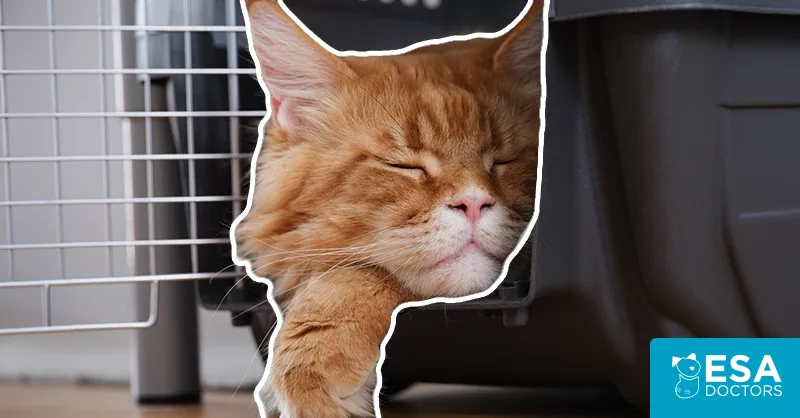
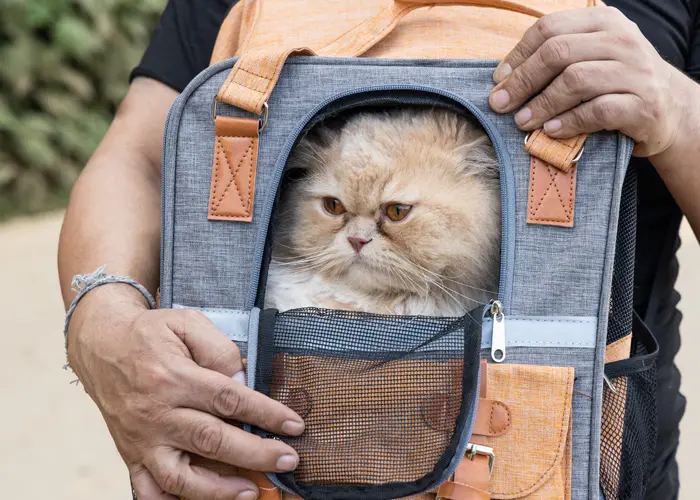

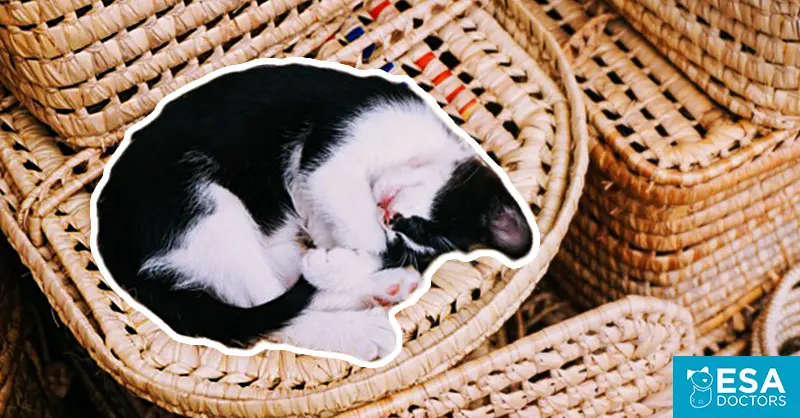
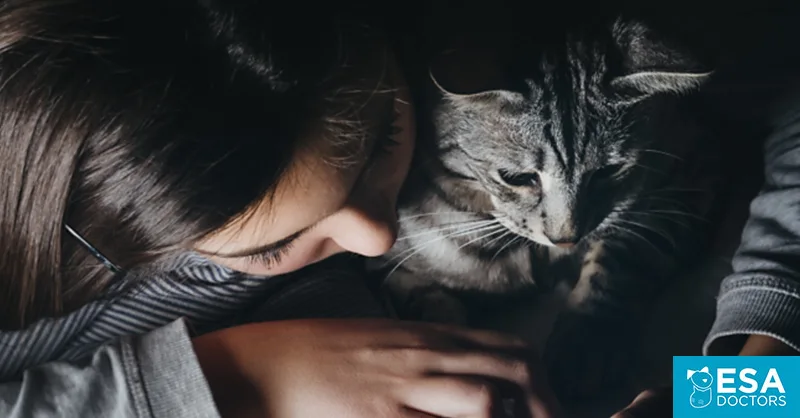
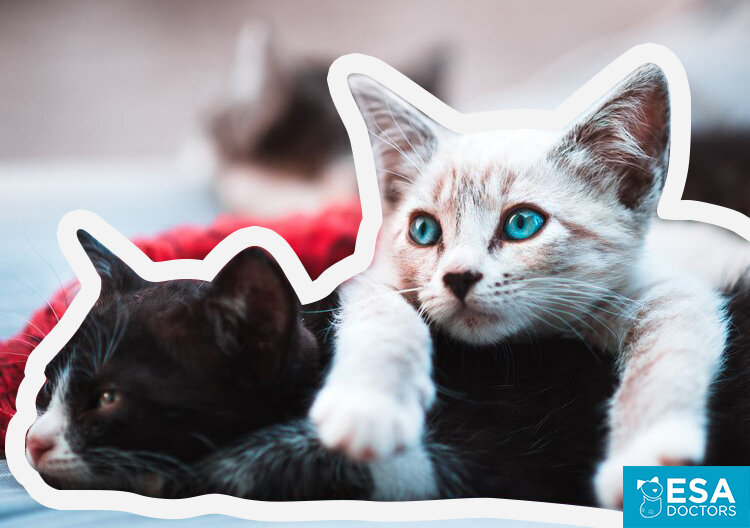
Leave a Comment